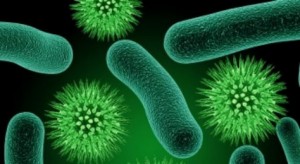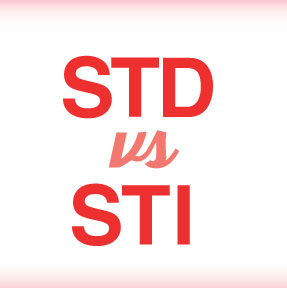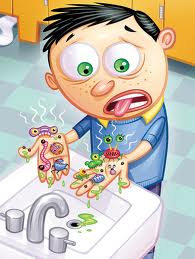Contents
 Sexually Transmitted Disease or Sexually Transmitted Infection: What is the difference between STD and STI?
Sexually Transmitted Disease or Sexually Transmitted Infection: What is the difference between STD and STI?
 source: sexgerms.com
source: sexgerms.com
When we cut ourselves and we don’t clean it properly, the wound can get infected. Bacteria get in, feed on the exposed flesh and multiply. Our body marshals its defenses. The area becomes hot and swollen as our body fights back. As the bodies of dead white blood cells and bacteria accumulate in the form of pus, we say that we have an infection. If we are healthy, we win the fight and the wound heals. It was infected but nothing much came of it.
If however, the bacteria that got in the wound are pathogenic, such as the bacteria that cause tetanus and gangrene, our infection could become much more dangerous, even life threatening. At this point, having contracted tetanus or gangrene, we have a condition that qualifies as a disease.
Many of us have been infected with the Herpes simplex cold sore virus (HSV1). We know this either because we have tested positive for the presence of HSV antibodies or because we get the occasional cold sore. We are infected but we are not suffering from a full blown disease. Other people who are more susceptible can develop cold sores to the point that for them the condition is a disease.
An infection becomes a disease when the invading organism gains the upper hand against our defense mechanisms and immune system. Many people who have genital herpes (HSV2) suffer so much that the condition is more than just an infection. It is a disease which causes a number of painful, uncomfortable and debilitating symptoms.
A sexually transmitted infection is a potentially pathogenic organism that is passed from one host to another during sexual contact. For some people the infection never develops into the full blown disease. They are the lucky ones, but the danger is that they can still pass the infection to others.
Some infectious organisms lie dormant for weeks, months or even years. Technically the person does have the disease but the symptoms are not there or are so mild that the person may not realize the organism is there. It is more accurate to say they are infected with the pathogen that causes the disease but they are not themselves diseased.
The line is crossed when the hidden organism becomes active, especially if the person’s immune system is compromised. Suddenly a hidden infection with the AIDS virus or the syphilis bacteria or one of the other pathogenic organisms that spread by sexual contact becomes a disease. The Sexually Transmitted Infection (STI) has become a Sexually Transmitted Disease (STD).


